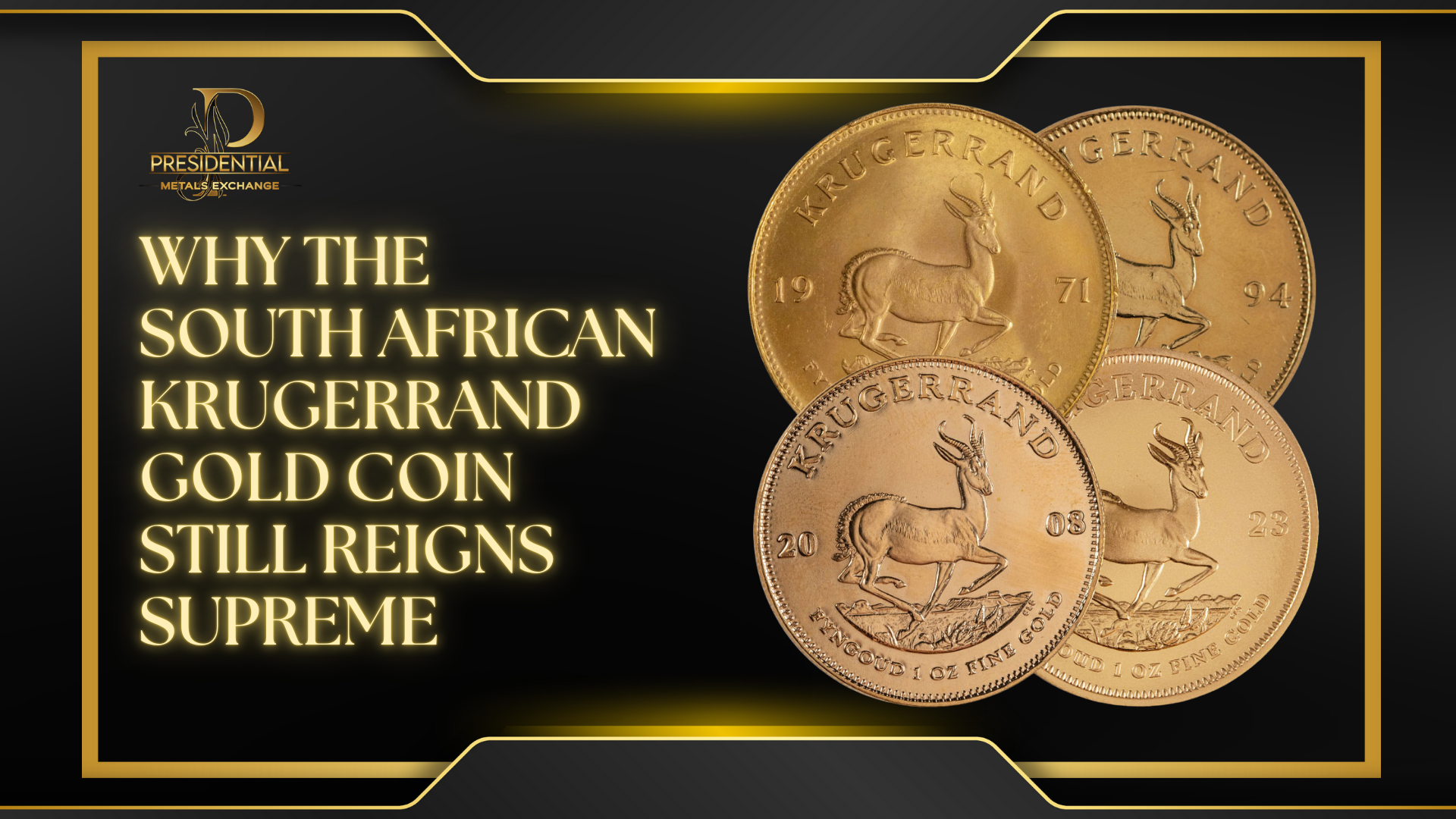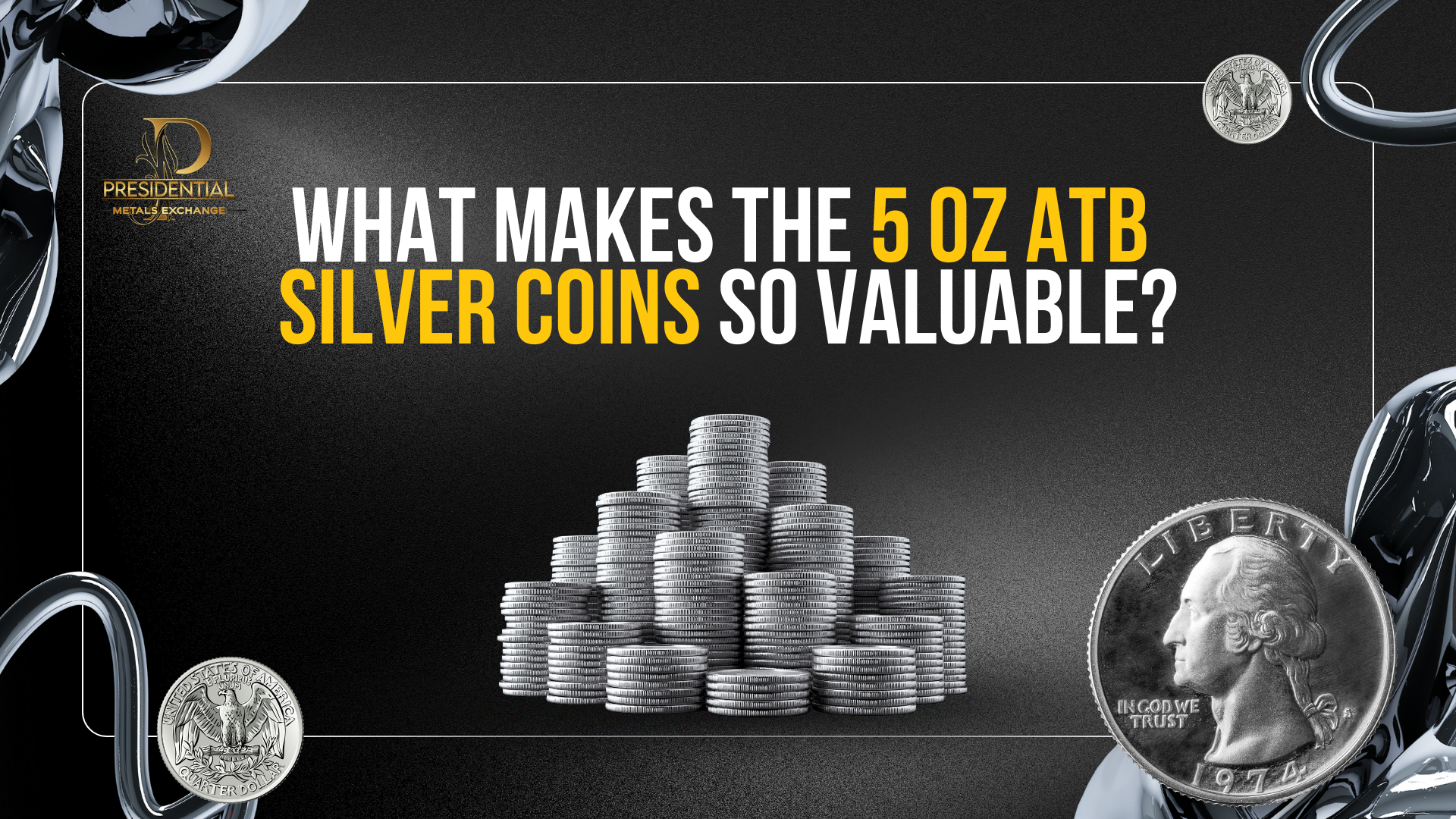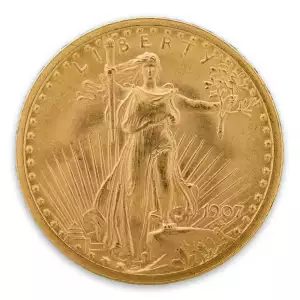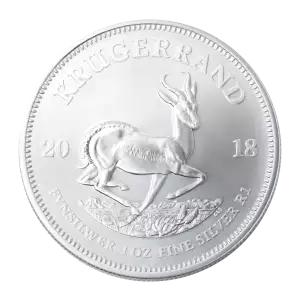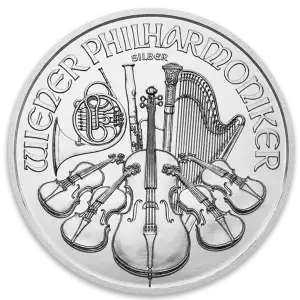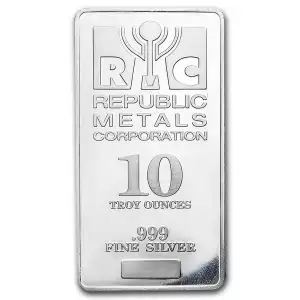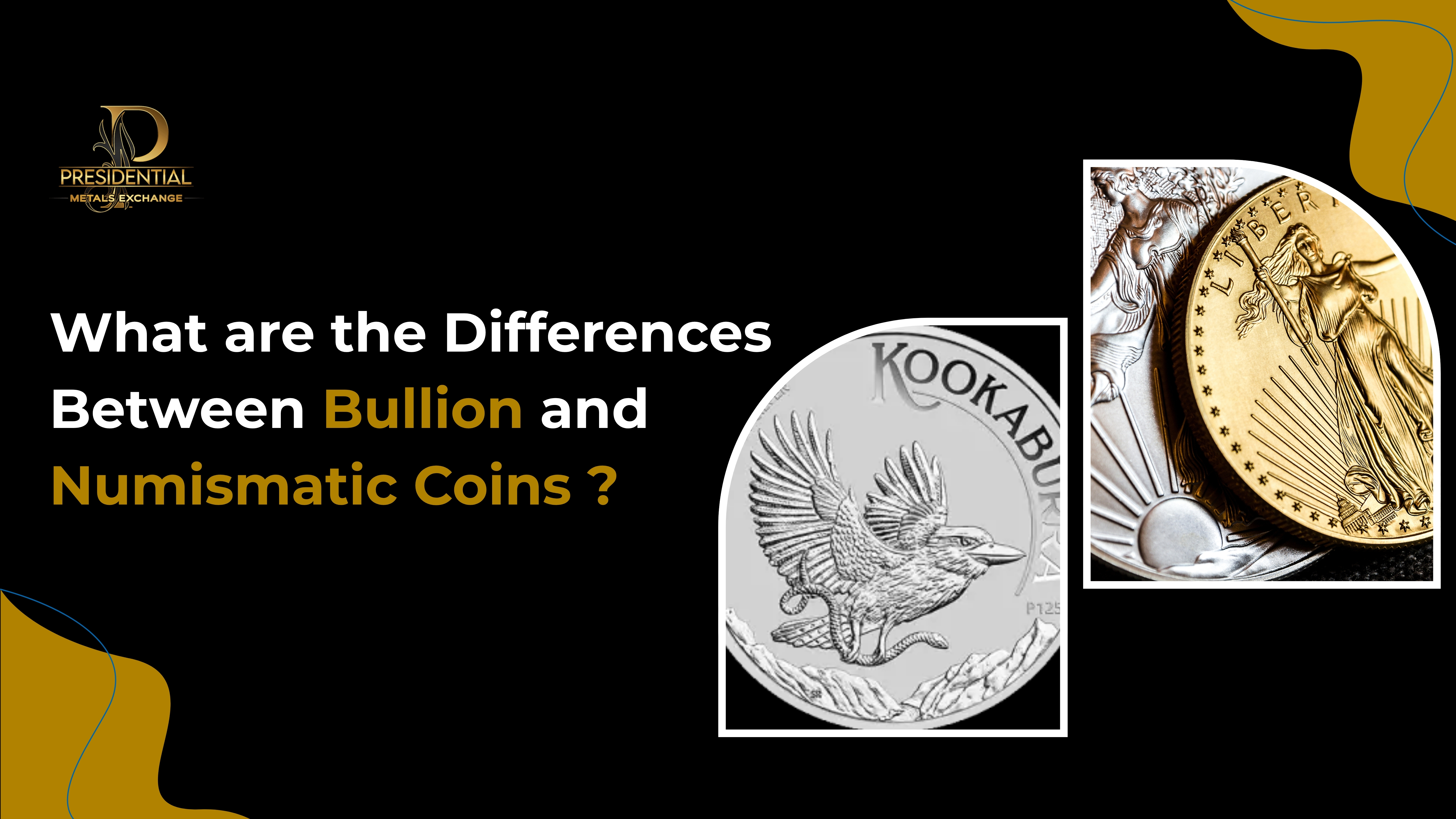
You should understand bullion and numismatic coins before investing in precious metals. Although both are considered tangible assets, how they behave, are valued and are invested in, is quite different.
The article highlights the distinction between these two asset classes so that investors can decide which works for their wealth-building plans.
Understanding Bullion Coins
Bullion coins are mostly valued from their precious metal content—mainly gold, silver, platinum, or palladium. The price of these coins is closely connected to the metal’s spot price and that is why they are commonly chosen by those investing for protection against inflation, currency devaluation, or economic instability.
Examples
Investment Characteristics
Most bullion coins are minted to weigh 1 oz, ½ oz, ¼ oz, and 1/10th oz, and are accepted worldwide. The spot prices are very close to what collectors pay, which means premiums are low compared to other numismatic coins. Investors typically buy bullion for:
- Diversification of the portfolio
- Maintenance of purchasing power
- Potential for a simple resale
Valuation Drivers
- The purity and concentration of metals
- Weight
- Spot pricing on the current market
- Very little impact from age or rarity
Understanding Numismatic Coins
Numismatic coins are valued due to their metal value and also because of rarity, their history, how well preserved they are, and the total supply, and demand.
Coins that are part of these collections are frequently old or rare, and they are preferred by those who collect or specialize in investment.
Examples
- Pre-1933 U.S. Gold Coins
- Morgan Silver Dollars
- Roman Empire and Ancient Greek coins
- Commemorative issues with limited mintage
Investment Characteristics
Unlike bullion, numismatic coins are less affected by regular changes in the gold or silver market. Their worth can increase substantially as time goes by because they are scarce and wanted by many. For this reason, they usually operate as investments or collectibles rather than commodities.
Valuation Drivers
- Rarity and mintage
- Condition and certification (graded by PCGS, NGC, etc.)
- Historical relevance
- Collector interest and market cycles
Bullion vs. Numismatic Coins: Key Differences
There is often doubt among investors about whether to pick bullion or numismatic coins. Although they are both valuable assets, their way of investing, risks involved, and returns are quite different.
| Primary Value Driver | Bullion Coins | Numismatic Coins |
| Primary Value Driver | Metal content | Rarity, condition, history |
| Liquidity | Very liquid | It may take time to sell |
| Premium Over Spot | Low | High |
| Storage Requirements | Simple (can be stored in bulk) | Requires careful preservation |
| Investment Horizon | Short-to-medium term | Long-term appreciation |
| Authentication Needs | Weight and purity verification | Certification from PCGS/NGC is often necessary |
Which Should You Choose?
Bullion for Stability and Liquidity
If you want to save your assets when the economy is shaken or handle inflation, bullion coins may be the easiest and most understandable choice. Considering the market situation, their cost is updated and trading is often an easy process.
Numismatic for Growth and Rarity Value
For seasoned investors with a long-term outlook, numismatic coins offer potential for substantial capital appreciation, especially when carefully selected and professionally graded. The combination of historical interest and rarity can lead to outperformance during collector market upswings.
Risk Management Considerations
Market Volatility
- Bullion coins may see frequent price swings based on commodity markets.
- Numismatic values tend to be more stable but depend on collector sentiment and trends.
Liquidity Risk
- Bullion: Easily sold at bullion dealers or exchanges.
- Numismatic: May require specialized markets or auctions to fetch true value.
Counterfeit Risk
- Bullion: Can be weighed and tested for metal content.
- Numismatic: Higher risk due to potential forgery of rare pieces—always purchase certified coins.
Storage and Insurance
- Bullion can be stored in bank vaults or home safes.
- Numismatic coins may require specialized storage solutions and higher insurance premiums due to their collectible status.
How to Get Started
Here’s how to begin with confidence:
- Define Your Objectives – Are you seeking security, growth, or both?
- Work with a Reputable Dealer – Choose firms that offer certified products from PCGS or NGC.
- Verify Certification and Appraisals – Especially important for numismatic coins.
- Balance Your Holdings – Combine bullion and numismatics according to risk tolerance and time horizon.
- Plan for Exit Strategy – Know your resale options and keep documentation for each asset.
Conclusion
Understanding the fundamental differences between bullion and numismatic coins enables investors to align precious metal holdings with their broader financial goals. Whether you prioritize liquidity or long-term appreciation, each coin type serves a distinct purpose in portfolio construction. By utilizing the strengths of both, investors can navigate market cycles with greater precision and resilience.
Partner with Presidential Metals to explore certified bullion and rare numismatic coins tailored for investors. Our expertise ensures authenticity, value, and strategic alignment with your portfolio. Discover our handpicked selection and invest in assets that speak wealth and legacy.
Frequently Asked Questions
1. What is the difference between bullion and numismatic?
Bullion coins derive value primarily from their metal content and spot price, making them ideal for investment in precious metals. Numismatic coins, on the other hand, may gain value from rarity, condition, and historical significance, appealing to collectors and long-term investors.
2. What is the difference between bullion and proof coins?
Bullion coins are minted for investment and usually have a standard finish, while proof coins are struck with a special minting process that gives them a mirror-like finish and fine detail. Proof coins are often collected for their beauty and limited mintage.
3. What is the difference between gold bullion and coins?
Gold bullion refers to gold in bulk form—bars, ingots, or coins—valued by weight and purity. Gold coins can be bullion (like the American Gold Eagle) or numismatic, depending on rarity and collectible features.
4. What are numismatic coins?
Numismatic coins are collectible coins valued for their rarity, age, historical importance, or condition. Their market price often far exceeds the intrinsic metal value and depends heavily on demand among collectors.
5. What is a bullion coin?
A bullion coin is a coin made from precious metals like gold or silver, valued mainly for its metal content and purity. It’s typically used for investment purposes and traded close to its spot market price.


